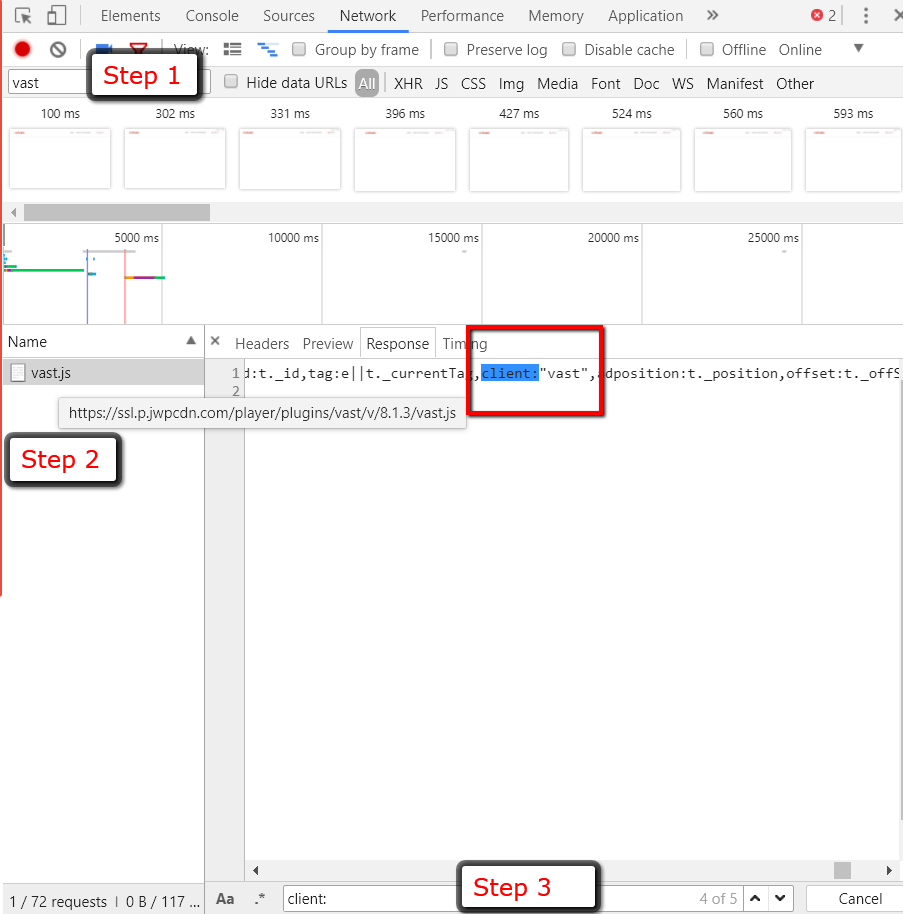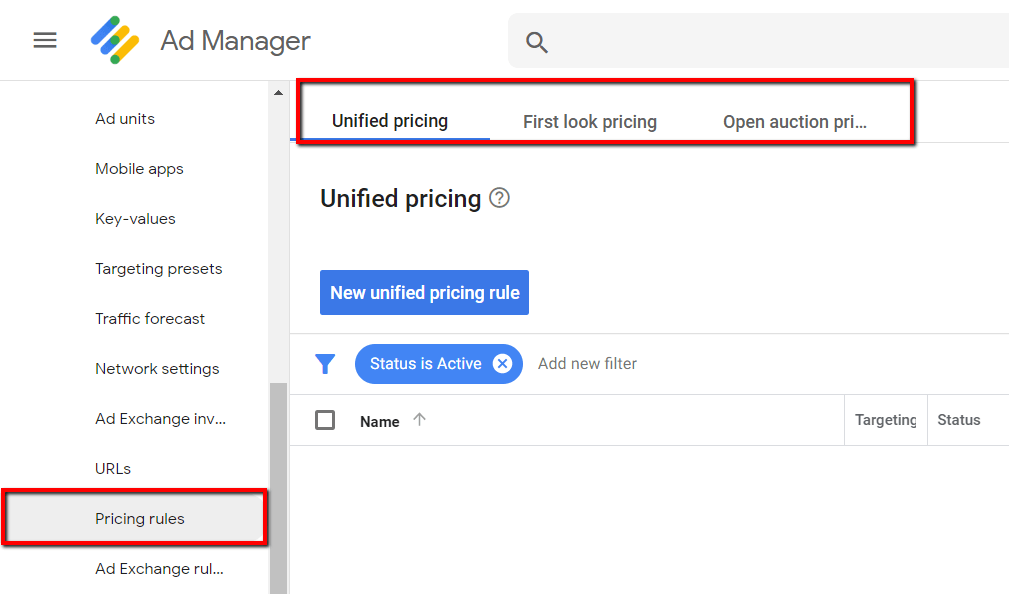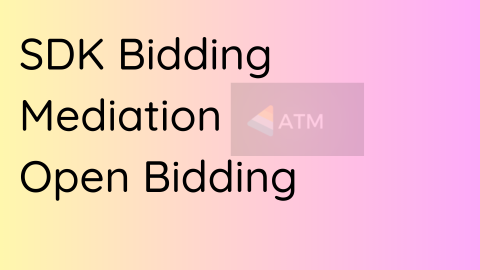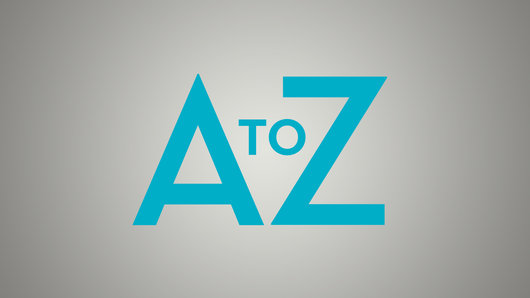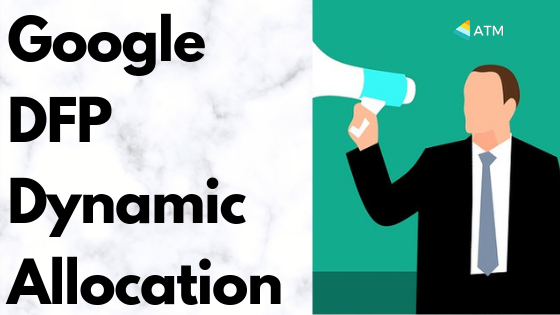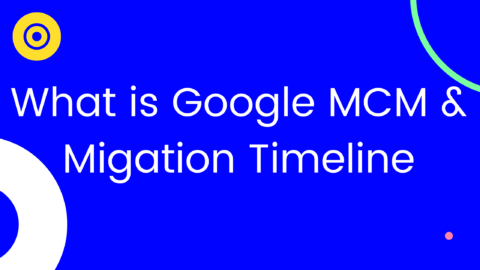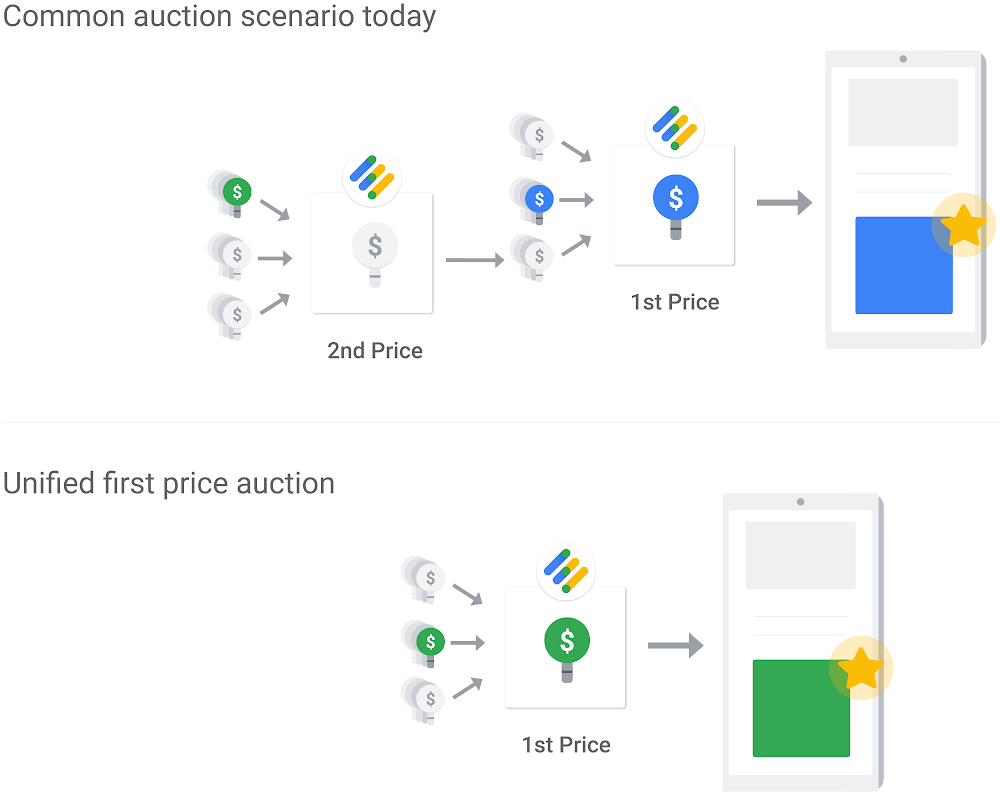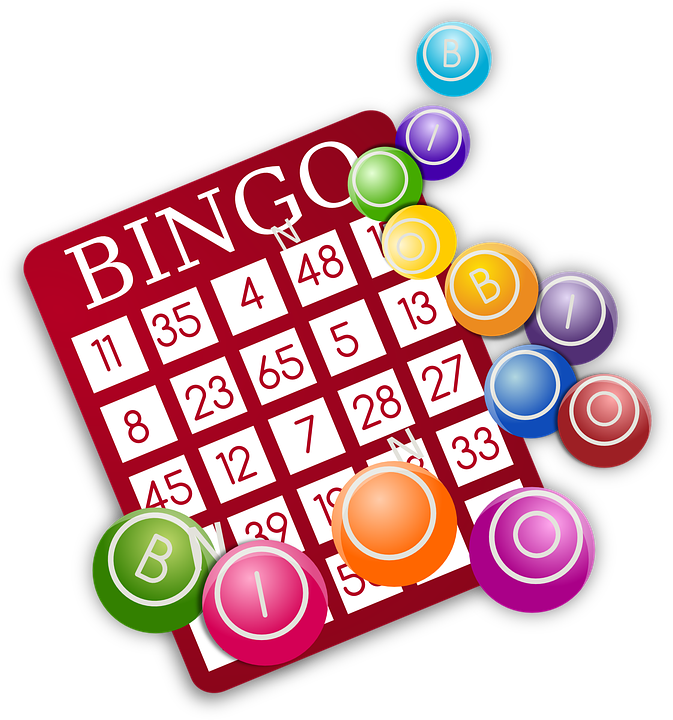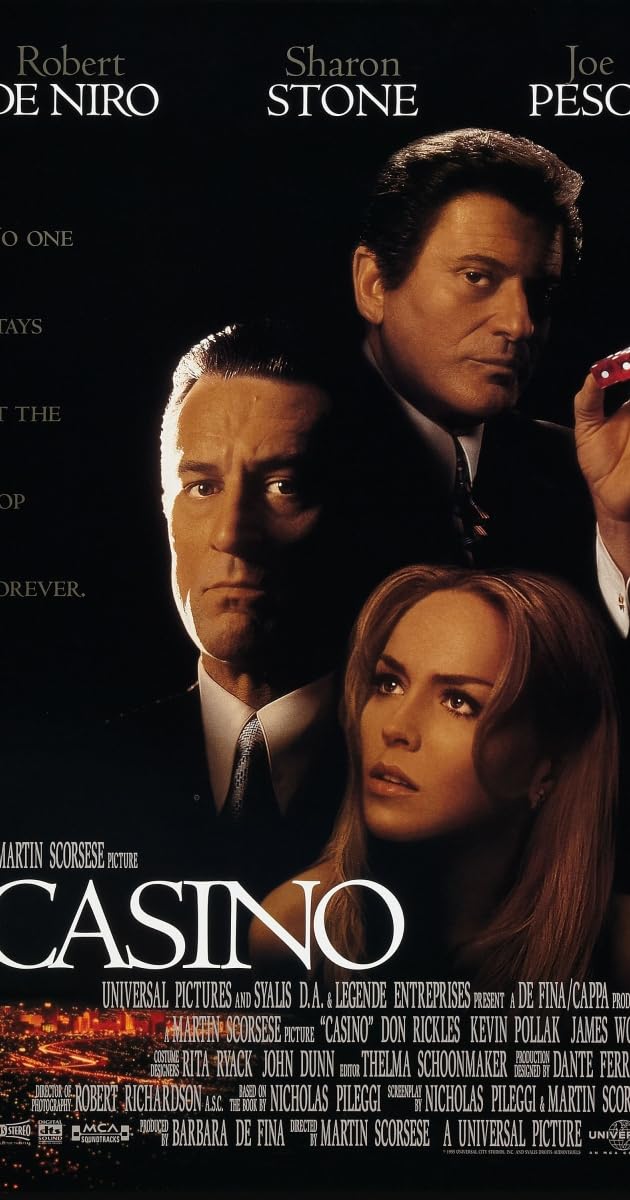- Programmatic is more than RTB. There is a lot of confusion over the term programmatic, which many people mistakenly believe is only real-time bidding (RTB) or used only for remnant inventory. Ultimately programmatic is the process of buying and selling media in an automated fashion. This includes four main types of transactions – open auctions, invitation-only/private auctions, unreserved fixed rate/preferred deals, and automated guaranteed/programmatic guaranteed deals.
- “Automated Guaranteed”
This type of transaction most closely mirrors a traditional digital direct sale. The deal is negotiated directly between buyer and seller, the inventory and pricing are guaranteed, and the campaign runs at the same priority as other direct deals in the ad server. The programmatic element of the transaction that differentiates it from a traditional direct sale is the automation of the RFP and campaign trafficking process. Negotiation through to fulfillment can be, should the publisher desire,completed within the technology platform providing the automated reserve functionality.
- “Invitation-Only Auction”
This auction type is very similar to an Open Auction except a publisher restricts participation to select buyers/advertisers via Whitelist/Blocklist. A publisher may choose to not participate in an Open Auction and only run an Invitation-Only Auction. It is important to note that an Invitation-Only Auction is an auction and buyers will be expected to bid on inventory. A publisher may choose to expose different information such as transparency or data, through the use of Deal IDs or Line Items to add
value to this select group of buyers while participating in this tactic.
- “Open Auction”
An Open Auction is the Wild West of auctions. A publisher will generally allow any and all buyers to participate in accessing their inventory through this tactic. Usually there is no direct relationship with the buyer. Publishers may choose to use Blocklists and floor pricing to prevent advertisers from gaining access. On the advertiser side they are often unaware of what publisher they are buying on. DSP’s usually present a list of exchanges/SSPs to the buyer that they automatically opt into. Buyers may not know or care that they are buying a publisher’s inventory. Because of this,publishers can participate in the Open Auction on a blind basis
- Programmatic is big and getting bigger. The programmatic market (including auction, and direct deals) is expected to top $10B in 2014 and grow to $20B by 2016. For now, RTB remains the dominant part of programmatic spending (92% in 2014), but is expected to fall to under 60% of total programmatic spend by 2016 as programmatic direct increases.
- Fraud and trust are big issues, but are being tackled by the industry. Bots and fraud have become a big issue mainly due to the large sums of money involved. The IAB and the industry are building a trust stack to tackle fraud, malware, piracy, and transparency and include these in a joint cross-industry accountability program) building on the existing Quality Assurance Guidelines. Advertisers and buyers should make sure they know their supply sources, choose their vendors carefully, and always remember “If it’s too good to be true, it probably is!” Publishers need to ensure they are coordinating between sales, marketing, operations, and analytics to identify any strange traffic patterns and remember if they are doing audience extension they need to apply the same controls as buyers should.
- Publishers can hit a home run with programmatic video. The concern that programmatic has been perceived as a “race to the bottom” for rates and yield has not been the case in video due to restricted supply. Publishers can use programmatic to fund the creation of quality video content particularly by helping to monetize traffic spikes. Ultimately efficiency doesn’t have to mean lower CPMs; it can also mean more effective engagement.
- Measurement matters even more in a programmatic world. Brand marketers are looking for transparency, inventory quality, and technology simplicity. Buyers should ensure they are reaching the right audience, use a consistent, comparable metric to plan, buy, and sell audiences, use brand data to ensure advertising resonates, and ultimately ensure that the campaign drives the desired action.
- Attribution is essential to effective programmatic spend. Last touch attribution is outdated and is like giving all the credit in a relay race to the last runner. Attribution models should incorporate the “first site visit” separating the funnel into prospecting and retargeting, and set the right incentives to each part.
- Brands in automotive
- Publishers need to re-org to capture the value of programmatic. Publishers are adopting programmatic as a core part of their monetization strategy. However, this can pose internal challenges. The top five ways to build a successful programmatic publisher organization were the following: align incentives and compensation; educate direct sellers and have them attend Programmatic 101 training; programmatic team to focus on supporting direct sales (agencies) and covering programmatic buying entities (DSPs, trading desks, retargeters); establish a programmatic rate card; and have internal and external quarterly budget reviews.
- Creativity and programmatic are not enemies

